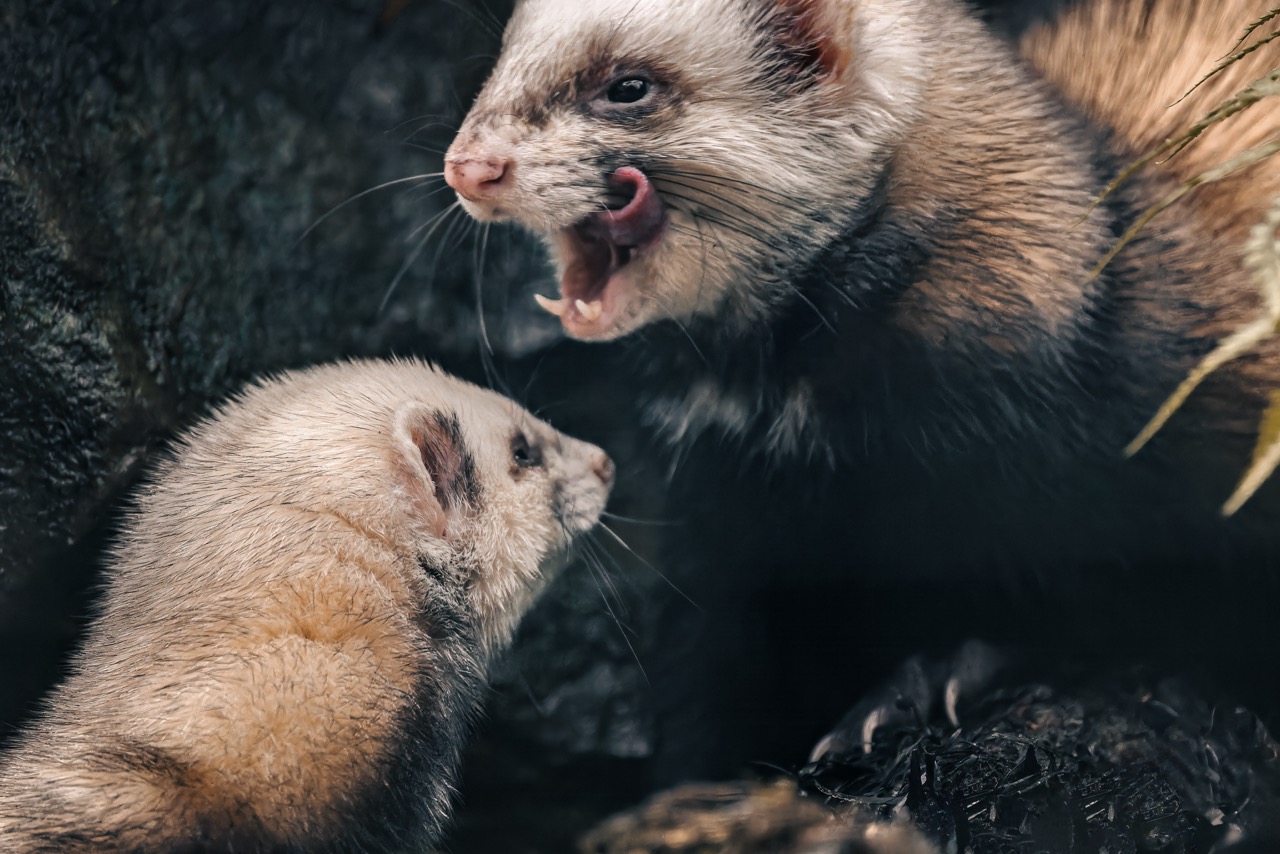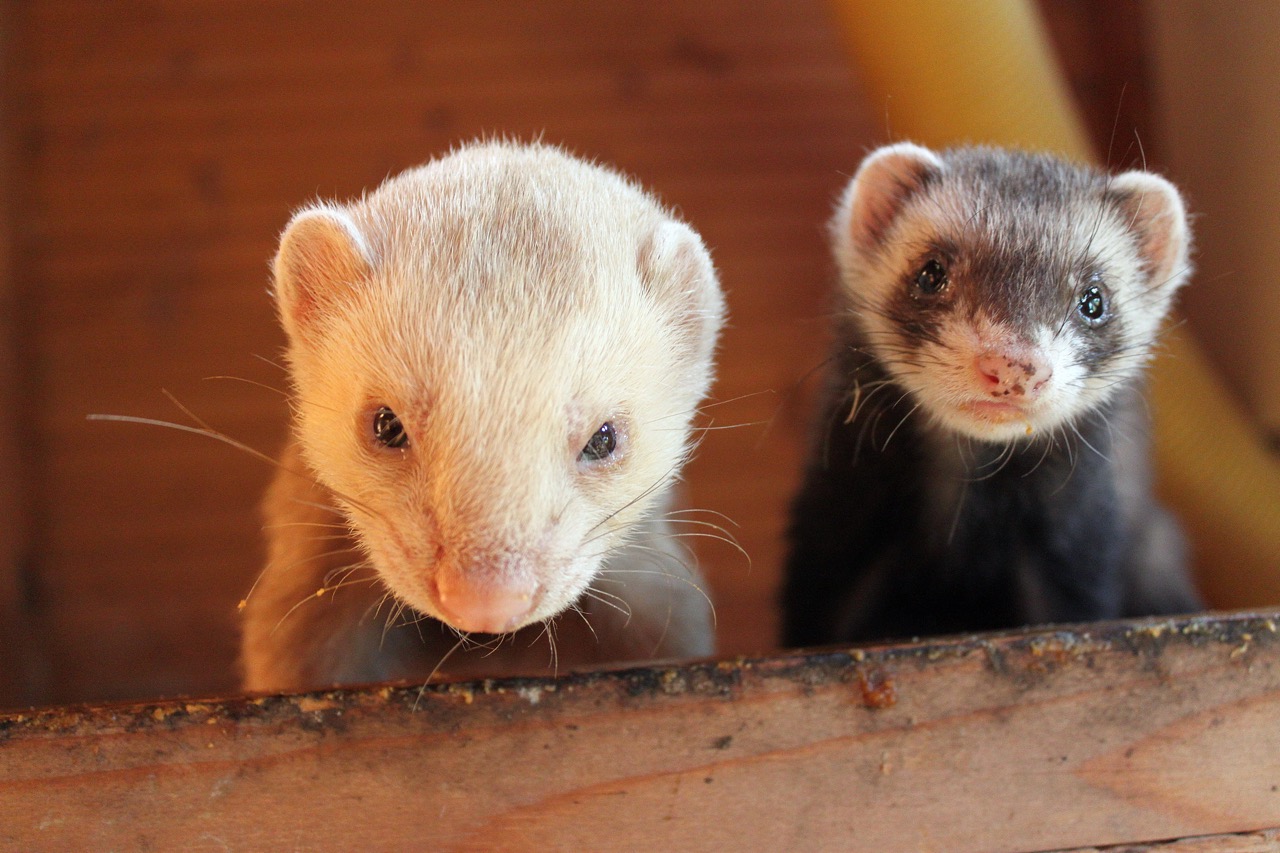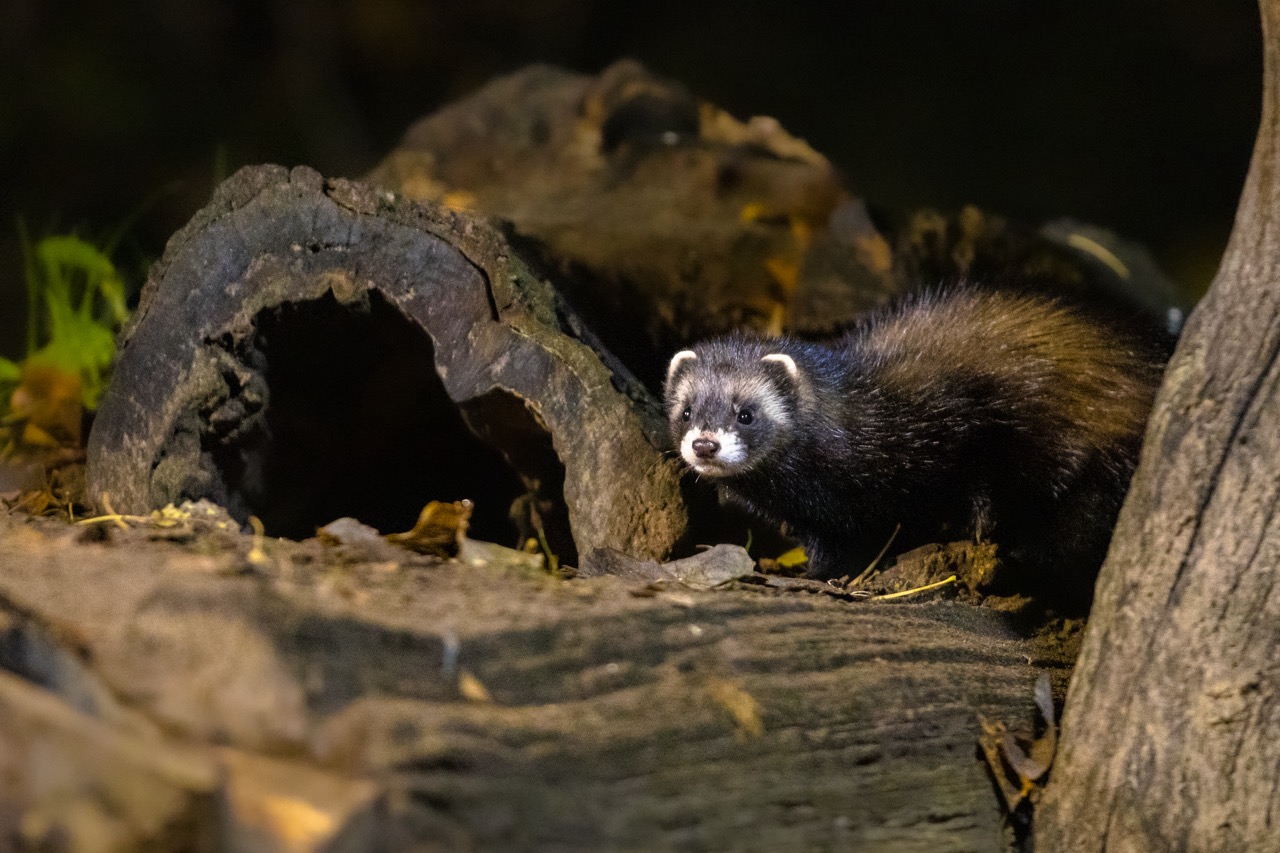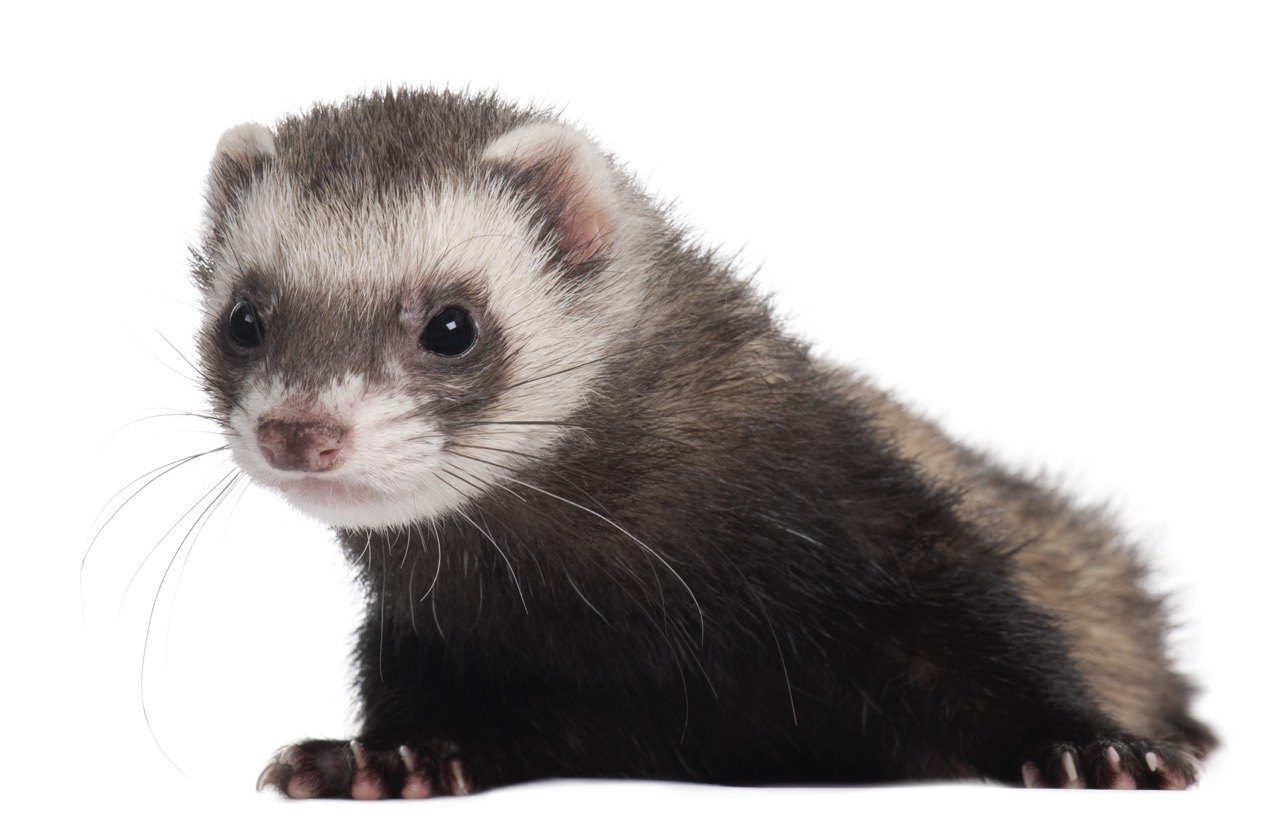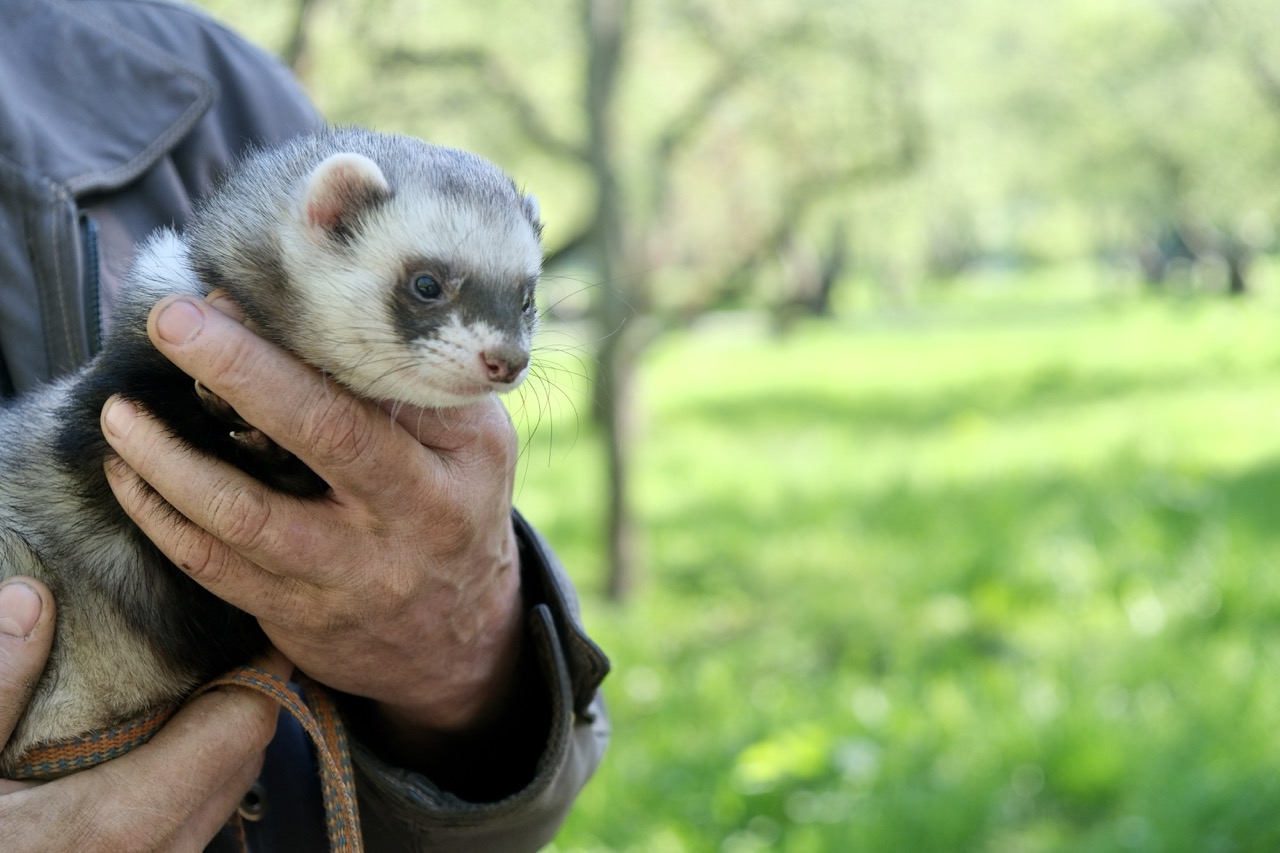Ferrets, members of the Mustelidae family, are small carnivorous mammals known for their playful nature and curious behavior. However, beyond their charming demeanor lies a set of remarkable physical adaptations that facilitate their hunting and scavenging abilities. These adaptations have evolved over time, allowing ferrets to thrive in various environments, whether by actively hunting prey or scavenging for leftover food. This article delves into the unique anatomical features, sensory adaptations, agility, and grooming behaviors of ferrets that contribute to their success as hunters and scavengers.
Unique Anatomical Features of Ferrets for Hunting Efficiency
Ferrets possess a distinctive body structure that enhances their hunting efficiency. Their elongated, slender bodies are coupled with short legs, allowing them to easily slip into tight spaces and burrows where prey may hide. This anatomical design not only aids in pursuing small mammals but also makes it easier for ferrets to navigate through complex terrains, such as underbrush and tunnels. Their flexible spine allows them to twist and turn rapidly, helping them to corner prey effectively.
Furthermore, ferrets have powerful jaws and sharp teeth that are well-adapted for capturing and consuming small animals, including rodents and birds. Their strong canine teeth are particularly useful for gripping and subduing prey, while their molars are designed for shearing through meat. This combination of dental adaptations ensures that ferrets can consume a high-protein diet necessary for their energy needs. Additionally, their retractable claws provide enhanced grip and traction while running or climbing, making them formidable hunters.
Lastly, the ferret’s keen musculoskeletal structure supports their active lifestyle. Their lightweight frame allows for quick bursts of speed, which is essential during short chases. Their overall physical build is a result of evolutionary pressures that favor efficiency and agility, crucial traits for a successful predator. These unique anatomical features collectively ensure that ferrets are well-equipped to hunt proficiently in their natural habitats.
Sensory Adaptations That Enhance Ferret Scavenging Skills
Ferrets are equipped with highly developed sensory adaptations that significantly aid in their scavenging abilities. One of the most notable adaptations is their acute sense of smell. Ferrets possess a large olfactory bulb, enabling them to detect scents over considerable distances. This powerful sense helps them locate hidden food sources, whether it be carrion or discarded remnants from larger predators. Additionally, their keen olfactory sense allows them to identify potential threats in their environment, contributing to their survival.
In addition to their sense of smell, ferrets have relatively good eyesight, particularly in low-light conditions. Their eyes are adapted for nocturnal activity, allowing them to forage effectively during dawn or dusk when many prey species are most active. The sensitivity of their vision aids in spotting potential food sources or threats in the dark. This adaptation is crucial for scavenging, as many food items may be overlooked during brighter daylight hours.
Moreover, ferrets possess sensitive whiskers, or vibrissae, that enhance their tactile perception. These whiskers allow them to navigate tight spaces and detect nearby objects, contributing to their foraging success. By utilizing a combination of olfactory, visual, and tactile cues, ferrets can efficiently locate and assess food sources, making them adept scavengers in their environments.
Agile Movement and Flexibility in Ferret Hunting Behavior
The agility of ferrets is one of their most remarkable traits, stemming from their highly flexible bodies and intricate muscle structure. This agility allows them to perform swift maneuvers necessary for both hunting and escaping from predators. Ferrets can change direction quickly while in pursuit of prey, making them effective hunters in open areas or dense underbrush. Their ability to leap and climb also expands their hunting territory, enabling them to access potential food sources that are out of reach for other animals.
Furthermore, ferrets exhibit remarkable endurance during hunting escapades, often maintaining high activity levels for extended periods. This endurance is supported by their metabolic adaptations, allowing them to sustain bursts of energy when chasing down prey. Their agility is complemented by their strategic approach to hunting, often using ambush tactics combined with rapid sprints to catch unsuspecting prey off guard. This combination of stealth and speed is critical for a successful hunt.
Additionally, the ferret’s playful nature, often seen during their social interactions, also enhances their hunting skills. Playful behaviors mimic hunting techniques, allowing young ferrets to practice skills that will aid them in the wild. These playful sessions serve as both physical exercise and a means to develop coordination and agility, essential traits for effective hunting behavior. Overall, the agile movement and flexibility of ferrets play a pivotal role in their hunting prowess, helping them adapt to various ecological niches.
The Role of Ferret Grooming in Successful Foraging Practices
Grooming plays a significant role in the overall health and hygiene of ferrets, which is indirectly linked to their success in foraging. Ferrets engage in frequent grooming sessions, which serve to remove dirt, parasites, and loose fur. This grooming behavior helps maintain their body temperature and fur quality, ensuring that they are in optimal condition for hunting and scavenging activities. A healthy coat reduces the risk of skin infections and other ailments that could impair their ability to forage effectively.
Moreover, grooming contributes to social bonding among ferrets. In groups, ferrets often groom each other, strengthening social ties that may enhance cooperative hunting strategies. This social structure can be advantageous, as it allows ferrets to support one another in locating and capturing prey. By working together, ferrets can increase their chances of finding food, making them more efficient scavengers.
Additionally, grooming has a behavioral aspect that influences foraging success. The act of grooming can help ferrets relieve stress and maintain mental well-being, which is crucial for focus during hunts or scavenging expeditions. A well-groomed ferret is more likely to be alert and responsive to its environment, enabling it to spot potential food sources or threats more effectively. Thus, grooming not only serves a hygienic purpose but also enhances the ferret’s overall foraging skills and hunting performance.
In conclusion, ferrets exhibit a range of physical adaptations that make them proficient hunters and scavengers. Their unique anatomical features, sensory adaptations, agile movement, and grooming behaviors collectively contribute to their survival and success in various environments. Understanding these adaptations provides insight into the evolutionary processes that shape the behaviors and capabilities of ferrets, highlighting their role as effective predators and scavengers in the animal kingdom. As ferrets continue to captivate our interest, recognizing their natural abilities reinforces the importance of conserving their habitats and ensuring their survival in the wild.






